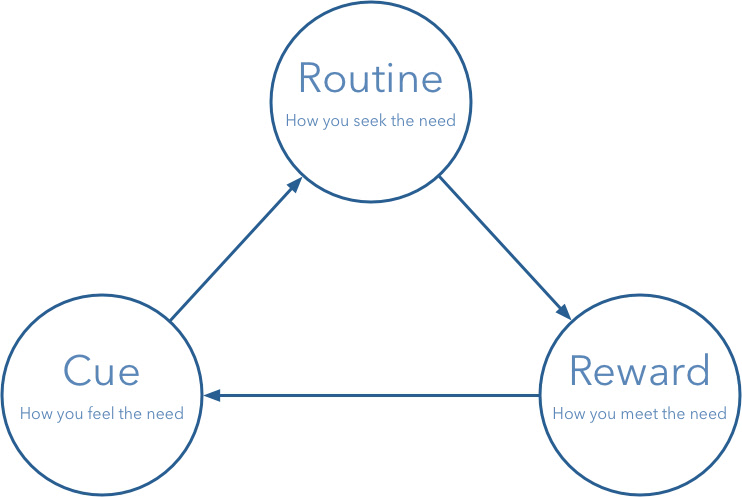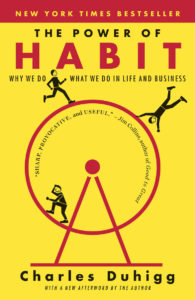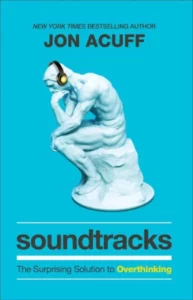My mother trained her border collie to sit using a clicker. It’s a simple example of the Habit Loop: cue, routine, and reward. When my mother gestured (cue), the dog sat (routine), and got a click (reward), sometimes with a treat (random reinforcement).

It’s a simplified version of the Reality Model Hyrum W. Smith presents in The 10 Natural Laws of Successful Time and Life Management. I prefer the Reality Model to the Habit Loop for understanding your behavior and why you do the things you do, but Charles Duhigg does present a couple of interesting things in The Power of Habit.
First, Duhigg walks you through how to deconstruct the habit loop so you can replace the routine with one that will better meet your needs (for example, getting a social connection by going for a walk with a co-worker instead of gabbing over coffee and donuts). The needs can’t be altered much, but we have discretion in how they’re met if we can rewire the cue.
Second, he shows how organizations have habits, not just individuals. This is what we usually refer to as “culture”—a set of rules that define the behavior of the group. Once established, they become self-sustaining and require a concerted effort to change.
Habits can be difficult to perform at first, but they become easier over time. Eventually, they can reinforce themselves as we start to crave the dopamine hit for a habit well done. Bad habits will ruin us, but they can be replaced. Good habits will serve us well, but they must be carefully crafted.


